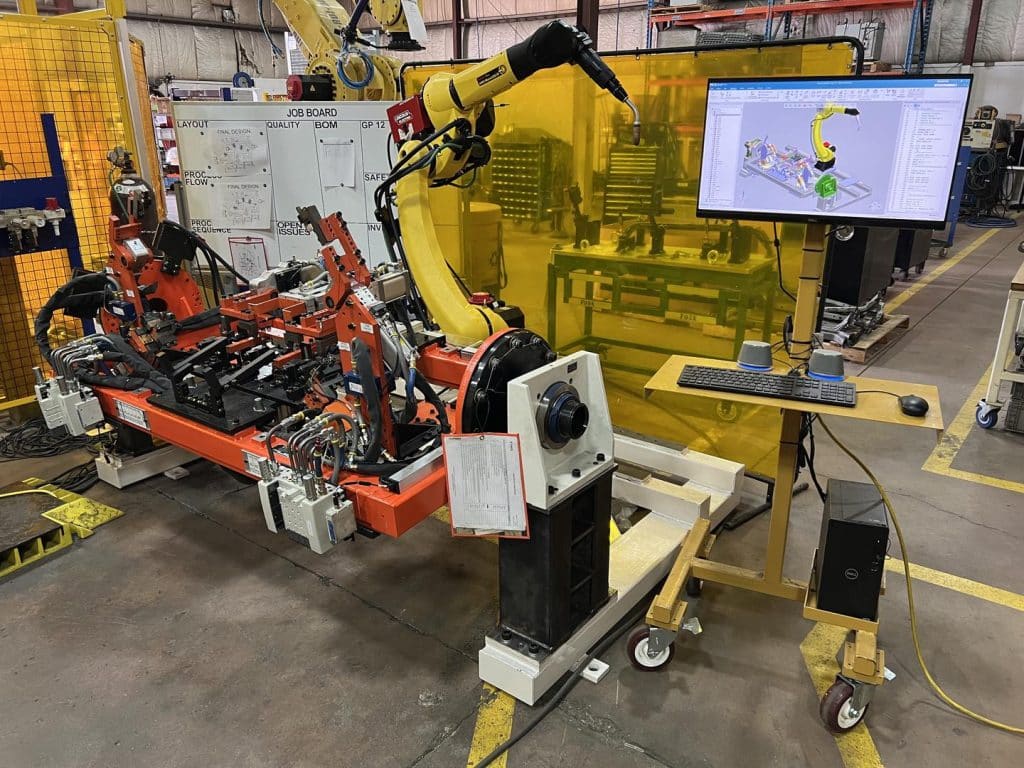One of the many advantages of the widespread use and increased adoption of robots in manufacturing applications is that the range of available models continues to expand. Each model has a different level of suitability for tasks such as material handling, processing, and assembly. For every application, there’s a robot that’s best suited to accomplish the task, based on multiple features such as payload, footprint, speed, precision, and more. It’s as if each robot has its own resume of jobs that it knows how to do, and you get to select the best candidate based on your priorities.
However, the range of available robots can be overwhelming, so it’s useful to understand the different types of robots at a high level. In this post, we’ll look at the following:
· SCARA robots
· Delta robots
· 6-axis articulated robot arms
· Purpose-driven robots
· Planar Motor conveying robots
SCARA robots are fast
Selective Compliance Articulated Robot Arm (SCARA) robots are extremely popular for pick-and-place, assembly, testing, and packaging. SCARA robots are often chosen for their speed and precision as well as their small footprint. By design, SCARA robots are limited to 4 axes, which is more than enough for a wide range of applications where speed and cycle time are critical, and payload requirements aren’t high.
Delta robots are even faster
Delta robots use a lever-type design, typically with three arms and 4 axes. Delta style robots are ideal for high-speed, high-acceleration pick-and-place applications, and for more specialized high-speed applications. Delta robots are even faster than SCARA robots, but are typically more limited for payload. The mass of this bot is inverted. Delta robots are popular in the electronics, food, and pharmaceutical industries.
6-axis articulated robot arms offer flexibility
Compared to 4-axis SCARA and Delta robots, articulated robot arms provide greater flexibility, up to 6 degrees of freedom of movement, and the option to accommodate heavy payloads. Six-axis articulated robot arms are extremely popular for their versatility, and are used in a wide range of applications including machine tending, pick-and-place, and processes like automated welding. However, the flexibility of the movement patterns available with 6-axis articulated robot arms can require more complex programming and slower speeds than a Delta or SCARA robot.
Purpose-driven robots excel at tool-based tasks like welding
Robots used for processing need to be able to properly manipulate a specific tool. Common examples of tasks that can be automated with purpose-driven robots include welding, painting, and gluing. Welding robots are widely used by automobile manufacturers. Purpose-driven robots will fall into one of the other categories; for example, palletizing robots are typically articulated robot arms designed specifically for palletizing. The articulated arm style works well for palletizing due to the range of payloads and reach available.
Magnetic conveyor robots can levitate to provide 6 degrees of freedom
Unless they’re attached to a moving platform, the base of a SCARA, Delta, and articulated arm robot is fixed into position. New Planar Motor conveying robots move, and look like they’re levitating in the air – and they are. This new technology makes use of magnetic forces to lift and move for X, Y, and Z motion along with pitch, yaw and roll for 6 degrees of freedom of movement. With this system, instead of moving a tool around a part to dispense glue, for example, the glue dispenser can be stationary while the Planar Motor system moves the part so that the glue is applied where needed. Position sensors are used to avoid collision. Planar technology is very innovative and very small payloads.
The range of available robots and the different ways to move materials continues to adapt and evolve to meet the needs of manufacturers. Whether an application requires high speed and precision, careful handling while palletizing, or other special requirements, a robot can likely be configured to increase efficiency while fitting in the available space.For more information about implementing industrial robots, contact us. At Ethos Automation we are experts at robot integrated automated solutions, and we have expertise in welding automation, weld studies, material handling and tier 1 automotive.



